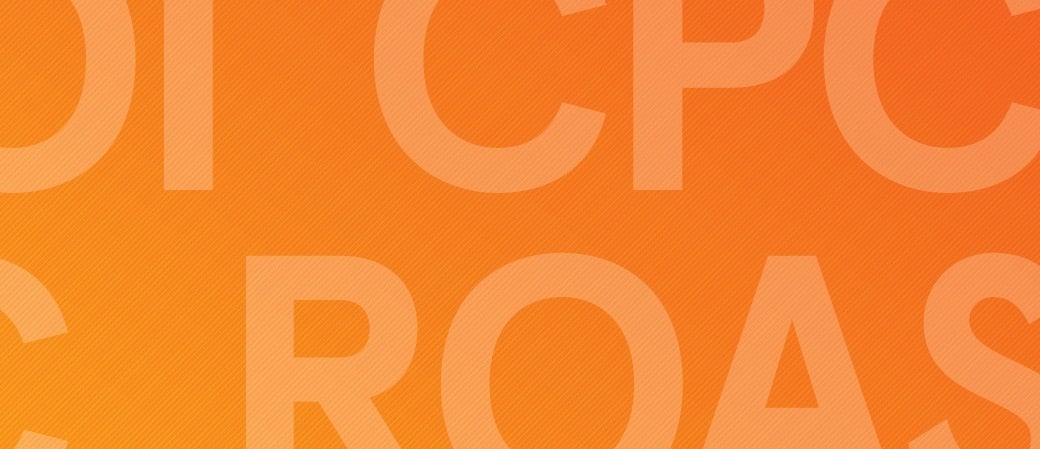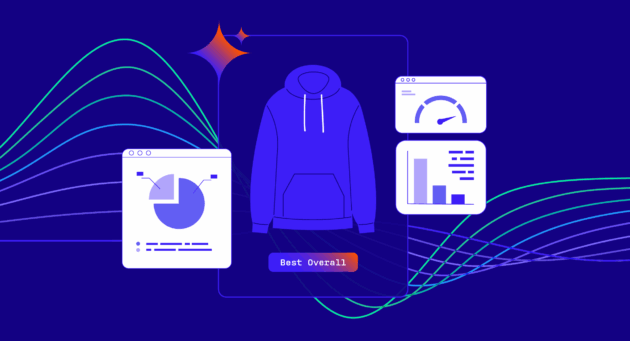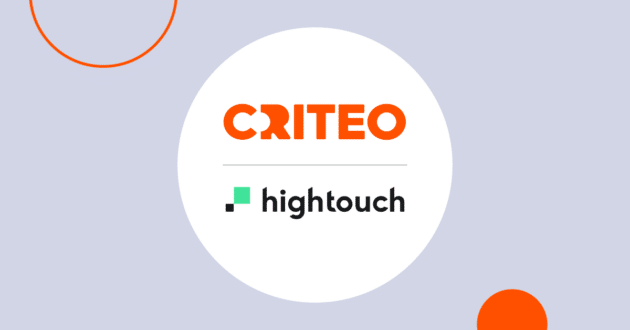There are lots of acronyms in the commerce marketing vernacular. Sometimes, just trying to figure out how the CTR of a PPC campaign affects your ROI can have you thinking,“OMG…”. Want to avoid a marketing migraine? Commit these 14 capital-letter combos to memory FTW.
CPA: Cost Per Action or Acquisition.
CPA is the most important figure for any business: how many people actually followed your ad to its intended action — whether that’s purchasing a state-of-the-art juicer, or registering for a charity 5K — and how much did it cost to get them there? CPA is the average amount you pay for each shopper you gained throughout the campaign.
CPC: Cost Per Click.
In pay-per-click (PPC) marketing, everything boils down to the click. The CPC is the cost you pay for each one of those coveted touchscreen taps, keyboard or mouse clicks. Typically, the more clicks you get, the less CPC you pay, the better the ad campaign. Here’s more on the difference between CPC and CPM.
CPE: Cost Per Engagement.
Broader than CPC, CPE is the average amount you pay for any shopper interaction, whether they’re clicking, liking, commenting, sharing, or jumping for joy (actually, no one can quantify that last one yet). In CPE bidding, advertisers only pay when shoppers actively engage with an ad.
CPI: Cost Per Impression.
Well before a shopper clicks an ad, the ad must make an impression. CPI is the average amount you pay each time a potential shopper views your ad.
CPM: Cost Per Thousand Impressions.
Don’t be thrown off by “M,” the Roman numeral for 1,000. CPM is the price for every 1,000 potential shoppers who see your ad. It’s the standard unit for assessing the cost effectiveness of a campaign.
CR: Conversion Rate.
Calculate a CR by dividing the number of people who take an action by the number of people who could have. So if 100 people visit your online skater store, and 65 of them actually purchase new skateboards, the CR is 65/100, or 65%.
CTR: Click-Through Rate.
Find the CTR of your campaign by dividing the number of clicks by the number of impressions served. A strong CTR is a powerful indication of the appeal and relevance of your ad.
IAB: Interactive Advertising Bureau.
Founded in 1996 and based in New York City, this organization develops industry standards and best practices, conducts research, and provides legal support for companies that sell, deliver, and optimize digital advertising or marketing campaigns. The IAB is made up of over 650 media and tech companies globally.
ROAS: Return On Ad Spend.
ROAS measures gross revenue generated for every dollar spent on advertising. As a key performance indicator, ROAS provides insights into the success of a campaign. To maximize its effectiveness, advertisers can explore strategies on how to increase ROAS, which helps identify areas for optimization and improvement
ROI: Return On Investment.
The world revolves around ROI, whether you’re planning an ad campaign or determining whether or not the 40-minute line at the waterpark is really worth the 10 seconds of water slide (it totally is).
RTB: Real-Time Bidding.
It happens all the time: You get online to peruse dental floss brands, and the next thing you know, you’re seeing floss ads everywhere. How much did floss marketers pay to target your floss-mindfulness? In real-time bidding, each ad impression is sold to the highest bidder in real time, in the mere seconds it takes a potential shopper’s browser to load an ad unit. Marketers can be selective about who sees their campaign, bidding more on browsers with dental-hygiene history, for example.
SSP and DSP: Supply-Side Platform and Demand-Side Platform.
The Internet is certainly not exempt from the laws of supply and demand. In online advertising, marketers “demand” a “supply” of ad inventory from web publishers. DSP is the real-time-bidding interface marketers use to buy ad inventory, and SSP is the software publishers use to manage that inventory.
TL;DR: (Hint: This one’s a fun one.) Short for, “Too Long; Didn’t Read”.
Use it liberally to close out all your long-winded emails with a succinct wrap up of your major points. For example: “TL;DR: I’m going to follow up with Jim, so no action is needed on your part.” Your busiest marketing colleagues will likely reply with a quick, “TY!”.*
*This one means “Thank You”. (You’re welcome.)
Check out our Smart Marketer’s Guide to Retargeting for more on what every commerce marketer should know.
















